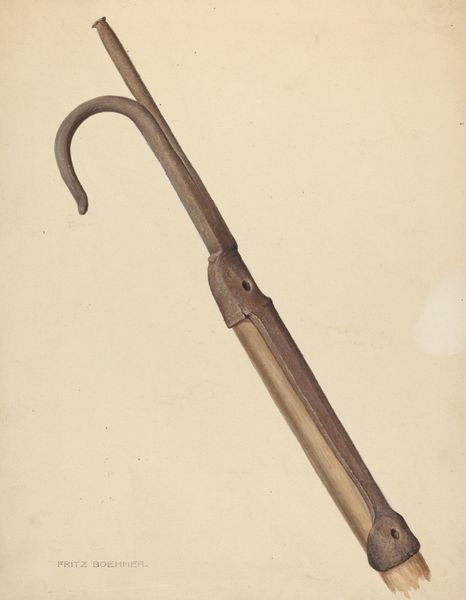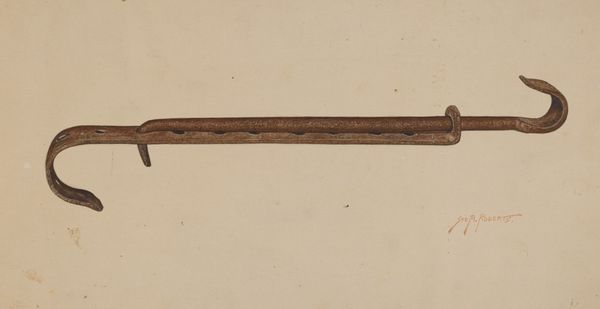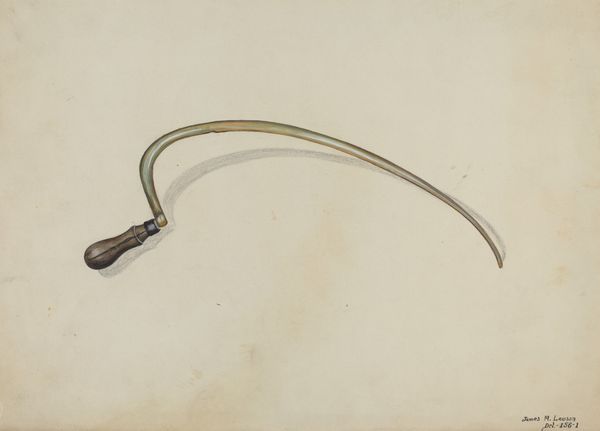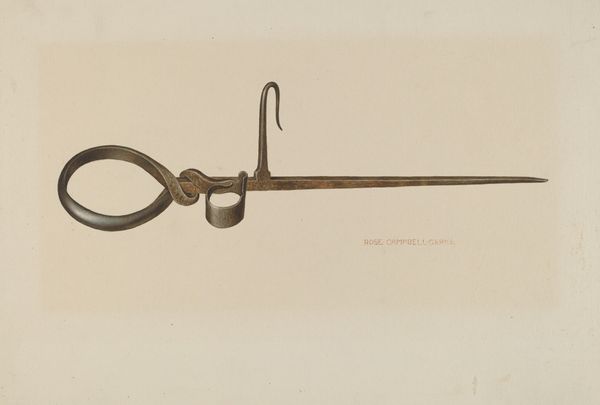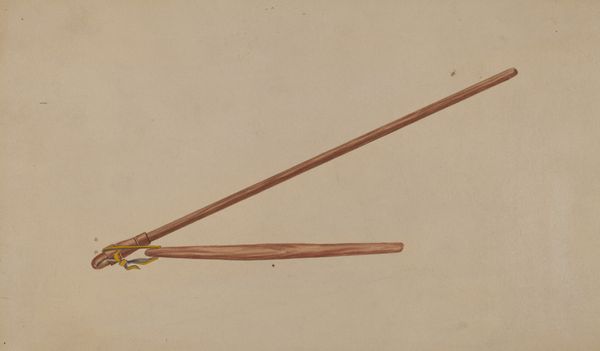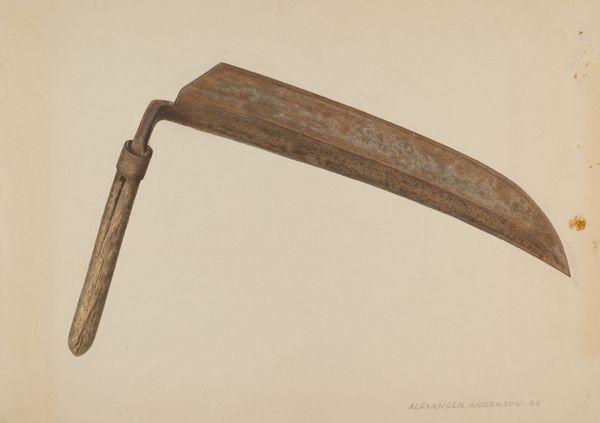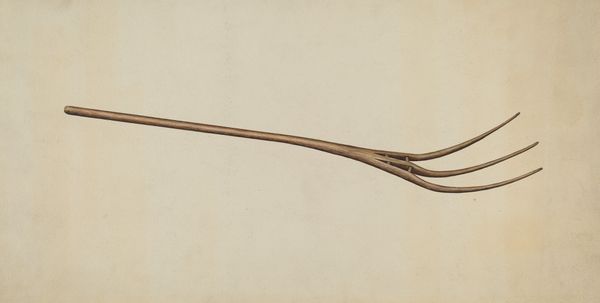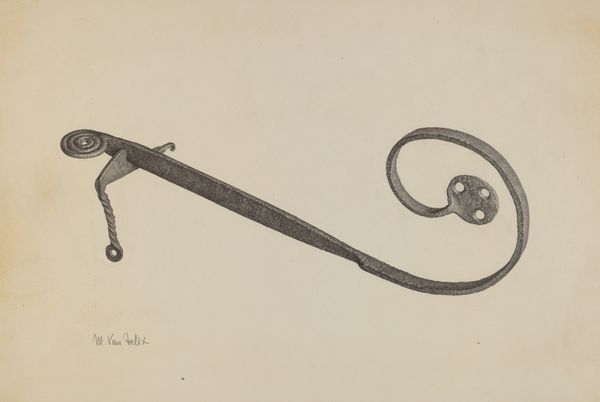
metal, wood
#
baroque
#
metal
#
wood
#
islamic-art
Dimensions: length 48.8 cm, length 31.3 cm, diameter 13.7 mm, weight 1403 gr
Copyright: Rijks Museum: Open Domain
Curator: Here we have what's called the Dubbelloops Vuursteenpistool, a flintlock pistol, crafted around 1695 and now residing here at the Rijksmuseum. Made by T Micharius. Editor: Immediately, I’m struck by its intricate balance—deadly intent meets elegant design, almost baroque in its ornamentation. And that paired barrel setup; the doubling is striking. Curator: Baroque is spot on. Beyond aesthetics, firearms like these signified immense social power. They represent colonial expansion, class stratification, and a highly gendered world of aristocratic pursuits and violent conflict. The pistol reflects Europe's political machinations. Editor: Precisely! I see metal, wood, painstakingly combined to create this object, but what about the process, the labor? Someone skillfully fashioned the metal and carved the wood – these are processes that transform raw material into not just an instrument of death, but of a highly symbolic status. Curator: Right, the labor, the patronage! And looking closely at the decoration on the stock, there's the distinct influence of Islamic art. Reflecting global exchanges – commodities and aesthetic ideas traveling in tandem with military hardware. It challenges a Eurocentric reading, showing us how cultures were, even then, deeply intertwined. Editor: But beyond influence, the use-value here: for what, and for whom, was it actually deployed? The mechanics, for instance, the double barrel hinting toward rapid fire. The social context dictates everything: its construction, its consumption, and certainly, its impact. It all feeds back into the larger societal framework. Curator: Indeed. Displaying this piece prompts many questions – the nature of warfare, technology’s development, the global context of its making, and yes, even the art-historical elements. Editor: Exactly! It shows a confluence of design and historical forces made physical through artistry. And the fact that it resides here today challenges the idea of static high art. It's a product speaking to a historical process that involved both global trade and immense manual skill.
Comments
No comments
Be the first to comment and join the conversation on the ultimate creative platform.
